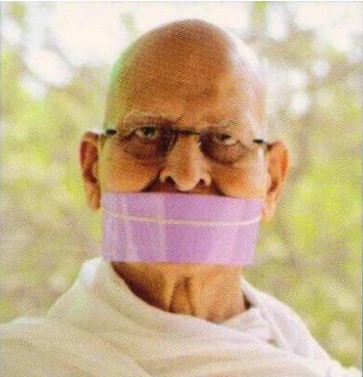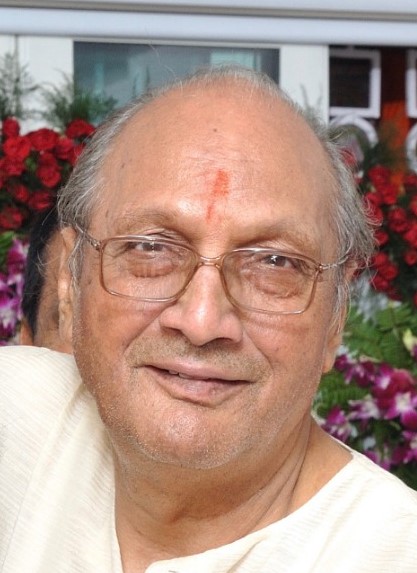Unit 5. Relaxing the Body (Kayotsarg)
Freedom from Stress, Steadiness, Ability to understand and awareness increases by relaxing the body,

The method of freedom from stress is called Kayotsarg. All the Prefixes are removed with steady body, mind and speech.
"If each and every individual of society learn Kayotsarg, all will be stress free and will attain the promotion in happiness."
Principle Content
- Meaning and importance of Kayotsarg.
- Method to practise Kayotsarg. It can be practiced in standing, sitting, lying down position. Care which is to be taken in this regard.
- Scientific and spiritual aspect of Kayotsarg, difference with Savasana.
Practise and Activities
- Relaxing the Body- in sitting and lying down position
- Mini session - Relaxing the body during routine life.
- Yognidra
Learning Outcomes
- Achieving smartness; freedom from stress and tension.
- Restoration of energy and working efficiency.
- Mental and emotional change.
- Increases will-power.
- Removal of physical, mental and emotional strain.
- Attainment of peace and sound sleep.
Unit 6. Preksha Meditation
To only perceive without the attachment and aversion is Preksha. To be one with the soul (sat-chit-anand) is Preksha Meditation.

Knowledge is of no use without meditation,
Life is failure without knowledge.
To perceive the self with the self is Preksha, take the support of breath, disregard and de recognise the wandering of any kind.
Principle Content
- Meaning of meditation, meaning of Preksha, the philosophy of Preksha Meditation.
- Knowledge and consciousness.
- Positive emotions and negatives emotions.
- Components of meditation, process of practise, cautiousness.
- Aura.
- Environment.
- Scientific and spiritual aspect of Preksha Meditation.
Practice and Activities
- Breath perception.
- Perception of Alternate breathing through nostrils.
- Body Perception.
- Perception of psychic centers.
- Leshya Meditation ( Colour Meditation)
- Contemplation.
- Practise of attaining the success in asana (asansiddhi).
Learning Outcomes
- To know and control the senses and experience their qualities.
- To make the mind steady by taking it to its source.
- Pacification of emotions (anger, ego etc.)
- Purification of aura and proceeding towards fearlessness.
- Development of positive emotions (friendship etc.).
- Awareness towards the environment.
 Muni Kishan Lal
Muni Kishan Lal
 Subhkaran Surana
Subhkaran Surana
